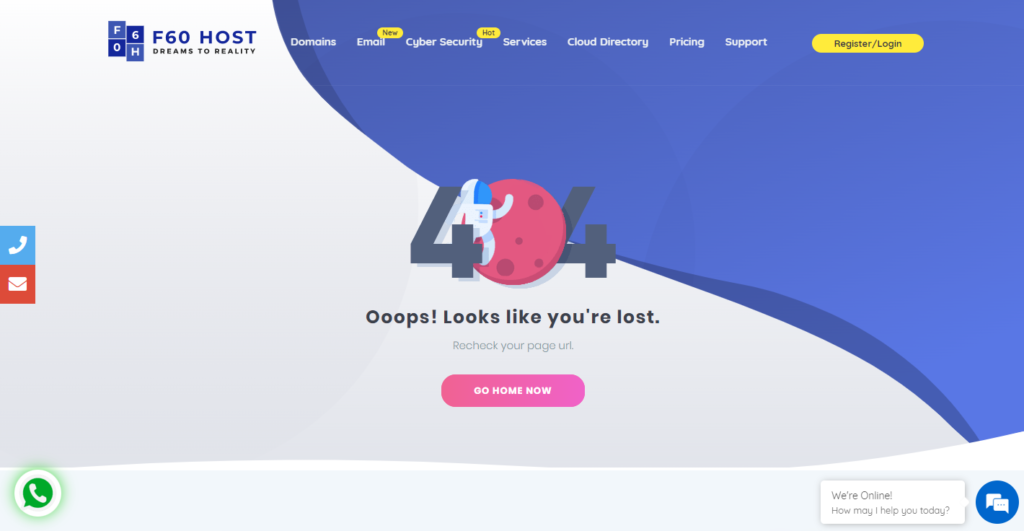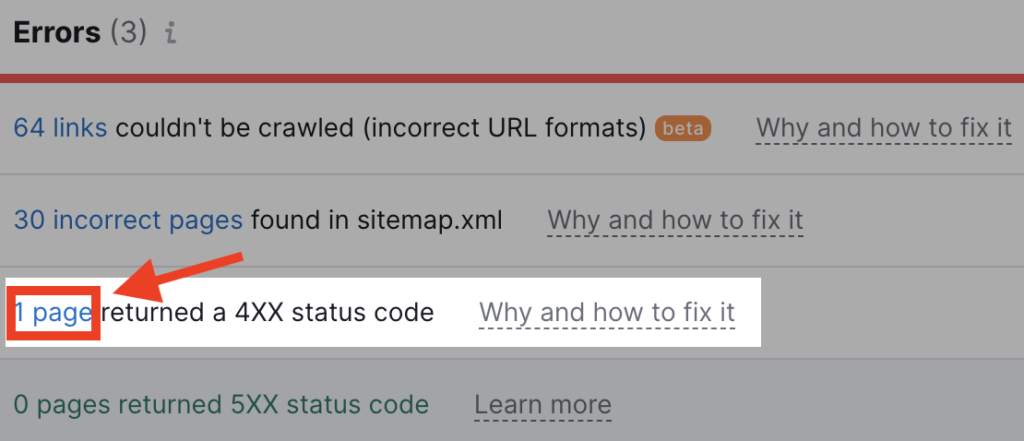What Is the Meaning of Error 404 Not Found?

What Are Error 404?
In these instances, any link to a non-existent page or a link with a typo in the target URL is referred to as a dead or broken link.
To help you understand this better, this post will go over HTTP requests and responses, frequent causes of 404 problems, and how to repair them on your website.
HTTP is the protocol used to transfer data from your web browser to a server, much like a rapid back-and-forth.

The status codes and their definitions are as follows:
- 1xx codes: Informational
- 2xx codes: Success
- 3xx codes: Redirection
- 4xx codes: Client-side error
- 5xx codes: Server-side error
Client-side issues are typically caused by human mistake on your machine. A server-side error often indicates a problem connecting with the server.
Error 404 inform us humans that the browser and server are both operational, but the resource you’re attempting to access on the server is not.
If you own a website, a 404 error is like a leak in the ceiling: you could be irritating visitors and potential customers who are attempting to access your site but are unable to do so.
Finding and correcting these problems can therefore be critical to your user experience, SEO, and bottom line.
But what causes 404 errors in the first place?
When Does a Error 404 Occur?
A 404 error occurs when:
- A website was removed.
- A page was mistakenly routed.
- You’ve arrived at a page that is currently being edited.
- The URL route is incorrect.
There are additional reasons why this mistake could occur, but these are the most common
There are also instances of “soft 404s,” which are pages that do not have Error 404 codes but are considered similarly by Google. We’ll go over those later in this piece, but first, let’s look at the most typical causes of 404 errors:
A webpage was removed.
You attempted to access a page, but it is no longer available. Perhaps you followed a link from one blog to another and came to a halt.
One common reason for this is that the page was deleted. A website can be configured to direct you to another related page.
A Page Was Redirected Incorrectly
There are a variety of reasons why you might want to alter your URL:
- you’re doing a website migration
- you’re consolidating webpages together
- you’re changing a URL for SEO optimization
A webpage may have relocated, but it was not correctly transferred to the updated URL. This would also result in a 404 error.
Even though the page was not formally erased, you have reached a broken link. Someone in charge of the website would have to manually fix it—hopefully they are aware of it.
Why Do You Need to Repair a Error 404?
While 404 codes are required, it is undesirable when pages that should be live return a 404. You should redirect traffic and web crawlers to a better choice if one exists.
Otherwise, you’re squandering your crawl money and maybe losing site visits. So, if they aren’t supposed to be there, they must be fixed
Identifying Error 404 Pages on Your Website
You now understand why your website delivers a “Page Not Found” issue. But how do you go about finding these pages? There are several options.
Broken Link Checker
Having trouble finding your Error 404 pages? Broken Link Checker can help you with that. Simply enter your website and it will report every occurrence of broken links up to 3,000 pages per audit.

Simply check the box to report all occurrences of each dead link.

This free tool will tell you where to find these pages based on the URL or source code.
Google Search Console
If you already have Google Search Console (GSC) set up and your site is indexed, select this option. To locate 404 errors, begin by selecting the property you want to work on.

Scroll down to the index report on your dashboard. Then click to view the entire report.

Scroll down to the section that explains why pages aren’t indexed. You can observe both hard and soft 404 errors here. GSC cautions that this list is not exhaustive.

When you click on the reason, it will display examples of it on your site.
Semrush Site Audit
Semrush Site Audit may help you find 404 pages on your website. You can crawl up to 100 pages per audit for free.
If you don’t already have an account, you may sign up for one for free. If you already have a Semrush account, this will add a new Project to it.
Begin the audit by selecting the “add new project” option.

Enter your website’s domain followed by the project name, and then create your project.
Conclusion
In many cases, a Page Not Found error message is required. We’ll leave you with some options for using one:
- Leave them and make them awesome—include links to useful resources on it.
- Permanently redirect them with a 301 status code.
- Temporarily redirect them with a 302 status code.
- If it makes sense, reupload the previous content.
There are advantages and disadvantages to whatever you choose to do when a page cannot be located. In any case, perform regular audits to remain on top of 404 pages on your site and fix them as needed.
Follow Us on LinkedIn at F60 Host for regular updates.
Recently added blogs you should go through: Link Building for SEO | WordPress 6.1 Update.
